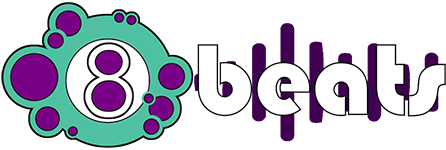
Still, other business owners have evaluated the merits of changing their business entity structure in response to the 2017 Tax Cuts and Jobs Act changes, including the QBID. Many single-member LLC owners and other qualified businesses use Schedule C to calculate their income and expenses, determining and reporting their adjusted gross income (AGI) on IRS Form 1040. If your total income is less than the applicable threshold amount, you can likely claim the maximum deduction of 20% of your QBI. If you are a qualified business and have QBI, it does not matter whether you are engaged in a specified service trade or business, as long as your total income is under the threshold amount for the tax year. C corporations are ineligible to take the QBI deduction because they are not pass-through entities.
Individual returns, Schedule E

IRC Section 199A defines SSTBs as businesses primarily involved in fields like health, law, accounting, consulting, athletics, financial services, and brokerage services. These entities face income thresholds that can phase out the deduction. For instance, in 2023, a law firm’s eligibility diminishes if taxable income exceeds $182,100 for single filers or $364,200 for joint filers. Pass-through entities include sole proprietorships, partnerships, S corporations, limited liability partnerships (LLPs), certain trusts and estates, and most limited liability companies (LLCs). A pass-through business is one where the company’s profits or losses are passed through to the individual owners, who are required to report income and pay taxes on that income at their personal tax rates. The more taxable income, the higher the reduction ratio, and the more the wage and capital limitations apply until they are fully phased in at $415,000 (or $207,500).

Virginia State Income Tax in 2025: A Guide
Therefore, if the taxpayer has only one qualified business, the combined QBI amount is the same as the deductible QBI amount for that business. After determining the taxpayer’s combined QBI amount, the overall limitation is applied. Under the overall limitation, the Sec. 199A deduction is the lesser of the combined QBI or 20% of the taxpayer’s taxable income in excess of net capital gain.

Step 2 – Reduce QBID for each pass-through entity based on limits
As all entities with a QBI deduction have been aggregated, the total combined QBID is $41,000. Additionally, note that W-2 wages and unadjusted basis immediately after acquisition do not carry over to future years; only the QBL carries over. If a taxpayer has more than one pass-through entity with QBI, these amounts must be combined. In general, a qualified trade or business is any ledger account pass-through entity not considered an SSTB.
- The deduction amount depends on the taxpayer’s total taxable income, which includes wages, interest, capital gains (etc.) in addition to income generated by the business.
- In addition to SSTBs and qualified trades or businesses, taxpayers can deduct qualified REIT dividends and qualified publicly-traded partnership income.
- You may also be within the phase-in range, which means you could still be eligible for the QBI deduction.
- With the QBI deduction, most self-employed taxpayers and small business owners can exclude up to 20% of their qualified business income from federal income tax (but not self-employment tax) whether they itemize or not.
- In this phase-in threshold, the 199A deduction is limited by a reduction percentage (RP).
However, you may choose to aggregate multiple trades or businesses into a single Accounting Security trade or business for purposes of figuring your deduction, if you meet the following requirements. The trade or business of performing services as an employee isn’t a trade or business for purposes of section 199A. Therefore, any amounts reported onForm W-2, box 1, other than amounts reported in box 1 if “Statutory Employee” on Form W-2, box 13, is checked, aren’t QBI.
This planning leads to you getting a $142,857 deduction vs the example above of $50k, qbid all because you did the planning correctly at year end and got wages to the optimal number. That is over $90k of additional deductions which saves anywhere from $20k-$45k based on state and tax bracket. So few actually do this planning at year end and run bonuses to fine tune the deduction.
